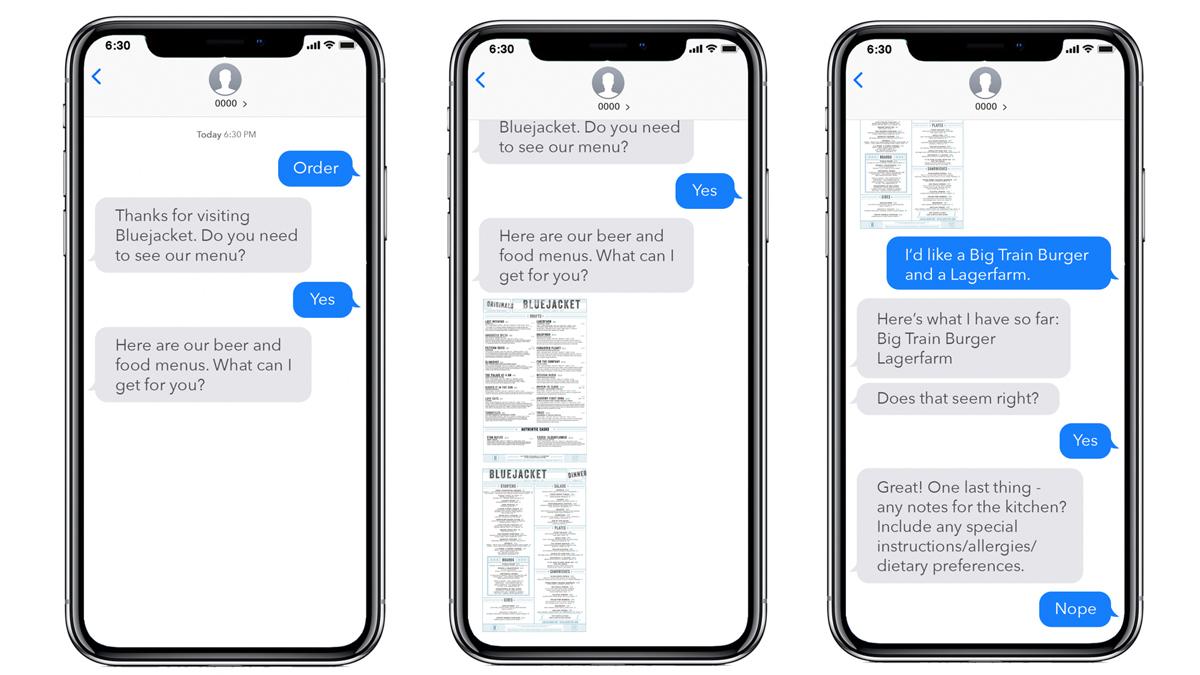In recent years, online-only retailers like Amazon have put many traditional retailers out-of-business. In response, retailers have been stepping up their online stores in order to compete. One tool that online stores have at their disposal, and one that’s underutilized, is chatbots. Shopping assistant chatbots are computer programs that online shoppers can speak with while they shop to help them find products, answer questions about products, and complete the transaction. These chatbots need three things to succeed.
Without artificial intelligence, the best you can hope for is a very scripted, unhelpful exchange between customer and bot. Chatbots with no AI in their programming would only be able to recognize what the customer is asking it if the customer words their question exactly as its programmers anticipate. And when the chatbot can understand what is being asked, it can only choose from a pool of answers written by those programmers. It won’t take long for the bot to get confused and the customer to get frustrated.
If, on the other hand, a shopping assistant chatbot has some natural language processing and machine learning built into its programming, it can communicate more like an in-store associate would to provide more of an in-store shopping experience online.
Through natural language processing, it would be able to understand with a fair degree of accuracy even when they are asked a question in a way that’s slightly different than they’ve encountered before. It would also be able to respond back in a way that doesn’t feel scripted. Through machine learning, it would improve over time the more interactions it is whether those are successful or failed interactions.
Since so many people now use their smartphones to shop online and in-store, chatbots that support visual search have a huge advantage. A person shopping in store could snap a photo of a clothing item they wish to buy but is not available in their size. Then, they could upload that picture and send it to a chatbot who could assist in adding the clothing item of the right size into their online shopping card. The chatbot could also use AI to recommend other products that the shopper might appreciate based on pictures they upload.

When an in-store employee helps customers shop, they are conversational and are able to sprinkle in questions throughout the conversation to find out more about them and their needs and interests without coming across as interrogative. Chatbots can do this as well if they’re programmed to. Chatbots that get right to business asking about size, favorite colors, and styles might be off-putting. But a chatbot that can be conversational and save important details in its memory for later recommendations will feel more like being helped by a real person and will provide online shoppers with a better online shopping experience.
Discover how Equiitext will enable your business to have engaging conversations with you customers with our patented AI messaging platform! Create your Business Messaging Account.